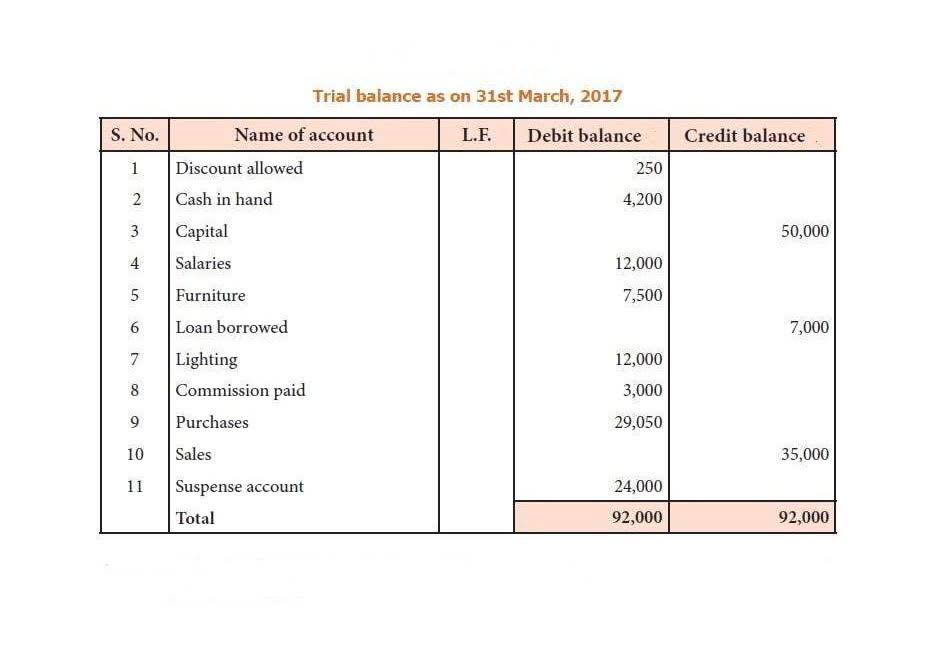Non-Cumulative Dividend: An Overview Financial Terms Explained

The major selling point for preferred stock is its high dividend yield, usually in the 4 percent to 8 percent range. If a company goes belly-up and is liquidated, the proceeds go to holders of bonds, preferred shares and common shares, in that order. This means that shareholders may wind up with little or no money after the bondholders get theirs. Cumulative preferred stocks are entitled to receive all the missed unpaid dividends.

What Is Non Cumulative Preferred Stock?

This determines whether preferred shares will receive dividends in arrears, which is payment for dividends missed in the past due to an inadequate amount of dividends declared in prior periods. If preferred stock is non-cumulative, preferred shares never receive payments for past dividends that were missed. If preferred stock is cumulative, any past dividends that were missed are paid before any payments are applied to the current period.

Advantages of Non-Cumulative Dividends for Companies
This decision allows the company to conserve cash, but it also requires careful communication with shareholders to explain the situation and the expected benefits of this strategy in the long term. However, unlike stock dividends, corporations must guarantee all bond interest payments and the return of the bond’s face value at maturity. Most preferred shares don’t mature (i.e. they are perpetual), but a type called “retractable” has a maturity date on which the corporation redeems the preferred shares for a preset price. To calculate cumulative dividends per share, you must add the missed dividends to the current dividend from the preferred stock dividends formula. Sometimes the term sheet will state that the cumulative dividends are only paid if the company liquidates (financial hardship or by sale).
- Companies with unstable earnings may find the inflexibility of cumulative dividends too risky, limiting their ability to adapt to changing business conditions.
- If the company fails to pay interest on these bonds, bondholders will not receive compensation for that missed payment in the future.
- Companies must carefully weigh these pros and cons against their current financial situation, goals, and shareholder preferences.
- They can choose not to pay dividends in a particular period without accumulating a liability to pay them in the future.
- This can be particularly disadvantageous for investors who depend on the steady income from preferred dividends.
- From the perspective of a company, non-cumulative dividends offer flexibility, especially in times of financial strain, as there is no obligation to pay missed dividends in the future.
Understanding Noncumulative

Noncumulative preferred stocks are typically less desirable for investors due to their dividend structure. Since these shareholders do not have a right to claim any missed dividends, they may be reluctant to invest in this class of shares unless significant discounts are offered. Companies that issue noncumulative preferred stocks must weigh the pros and cons carefully before making such an issuance. For instance, let’s assume that Company XYZ is not able to pay dividends to its noncumulative preferred shareholder this year. The shareholders have no online bookkeeping right to claim for the missed dividends in the future years.
Real-Life Examples of Non-Cumulative Dividends in the Market
This noncumulative preferred stock did not offer investors the right to receive missed dividends. Another essential factor differentiating preferred stocks from common stocks is convertible bonds. A convertible bond is a corporate debt security gym bookkeeping that allows holders to convert their bond holdings into shares of either common or preferred stocks. Convertible bonds with the option to be converted into preferred stock provide investors with an attractive opportunity to receive both income and potential growth. When deciding whether to convert their holding, investors must compare the yield offered by the bond and the preferred stock.
- The lower initial investment cost provides an entry point for potential profit if the market value of the preferred stock rises or if dividends are eventually reinstated.
- Unlike their cumulative counterparts, these dividends do not accrue if a company decides to skip a payment.
- As a result, these investors will eventually receive all missed dividends before common shareholders start receiving any dividends when the company resumes paying dividends.
- For example, if a company pays a 10% stock dividend, then it will distribute one share of stock for every 10 shares owned by holders of record, and the total number of outstanding shares will also increase by 10%.
- The investor might be more inclined to opt for non-cumulative dividends, betting on the company’s continued performance to secure a higher yield.
– Allows for strategic allocation of profits to other company initiatives or investments. These two types of dividend arrangements can affect your investment returns significantly, yet they often go misunderstood or overlooked by investors. This makes them a relatively affordable option for investors who are looking to invest in the stock market. Learn the meaning, workings, types, and examples of noncumulative finance with our comprehensive guide. Stripe is a payment processing platform that enables businesses to accept online payments securely and efficiently. They guarantee that dividends accrue over time, even if the board never declares them.
Stock Rally Explained: How and Why Markets Surge
- The investors base themselves entirely on the company’s consistent profitability to be assured of the expected income.
- Cumulative dividends can potentially lower a company’s valuation as they are an additional claim on the company’s future earnings.
- From the perspective of a company, issuing non-cumulative preferred shares can be advantageous during times of financial strain, as it provides flexibility in managing cash flows.
- However, this current year, it decided to skip paying the dividends to the noncumulative preference shares as it has been recording losses for the last few quarters.
- They come with potential risks but also allow flexibility in dividends for the company.
- As a founder, if you see cumulative dividends in a term sheet, it’s worth asking why.
- These key differences underscore the importance of aligning dividend policies with the company’s financial goals and the investor’s risk tolerance.
Dividends are fixed and paid to shareholders, but missed payments are not accumulated for the future, but forfeited instead. Unlike convertible bonds, noncumulative preferred stock does not allow investors to convert to noncumulative dividends capitalizing on a rise in stock price. The company’s board of directors can suspend dividend payments at any time without triggering legal consequences. However, in the event of a financial crisis, a company’s directors can suspend dividend payments to noncumulative preference stockholders.
